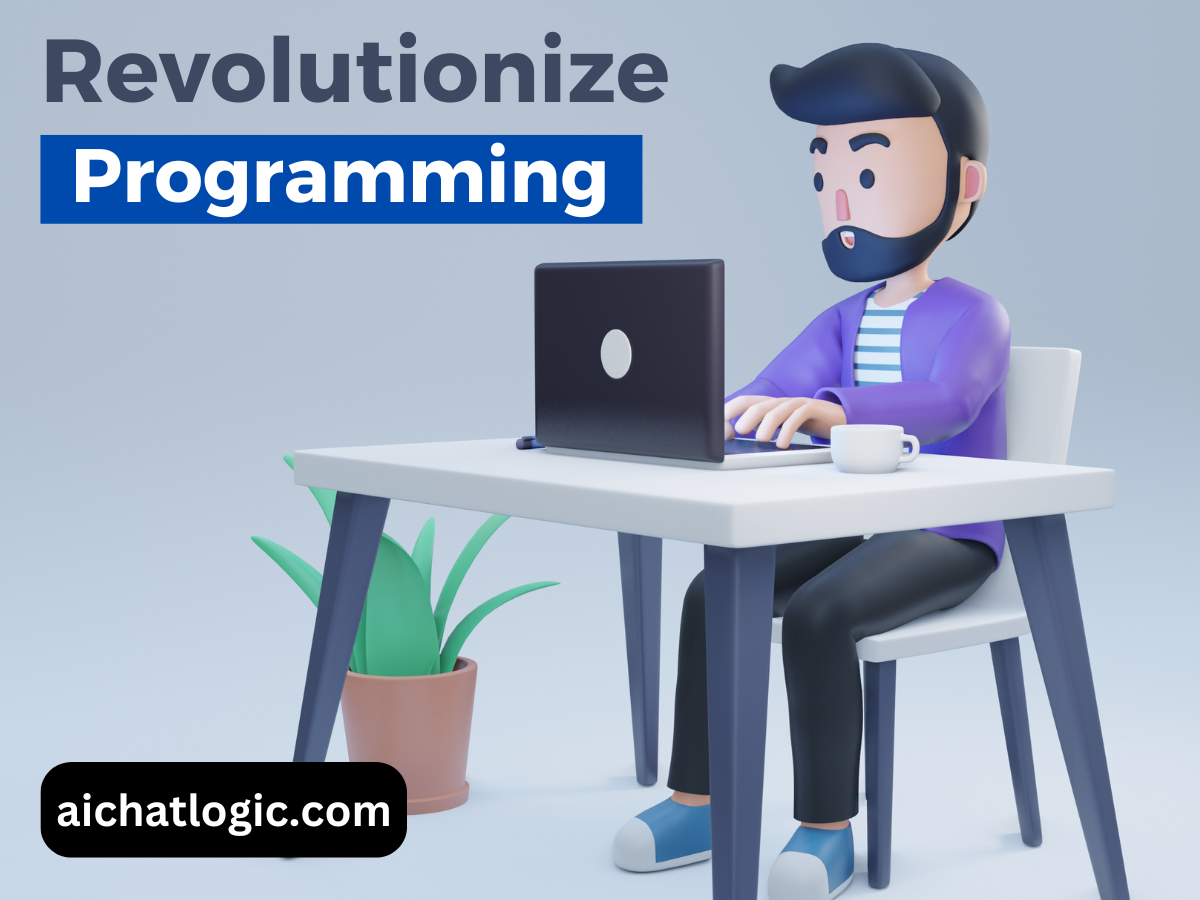Programming has always relied on precise syntax to communicate instructions to computers effectively. Syntax refers to the structure and rules that govern how code is written in programming languages. However, with the advent of AI language models, such as GPT-3.5, the landscape of programming is undergoing a revolutionary transformation. This article explores the role of AI language models in programming, highlighting how they simplify syntax, assist in code generation, and enable non-programmers to code.
Understanding Syntax in Programming
What is syntax?
In the realm of programming, syntax refers to the set of rules and guidelines that define how code should be written to be understood and executed by computers. It encompasses various elements, such as punctuation, keywords, variables, and control structures. The proper arrangement of these elements ensures that the code is syntactically correct.
The importance of syntax in programming
Syntax plays a crucial role in programming as it serves as the foundation for clear and unambiguous code. It allows programmers to convey their intentions to computers accurately. Even minor errors or deviations from the syntax can lead to program failures or unintended consequences. Therefore, understanding and adhering to syntax rules is essential for proficient programming.
Traditional Programming Languages and Syntax
Common syntax rules in traditional programming languages
Traditional programming languages like Java, C++, and Python have their unique syntax rules. These rules dictate how statements, loops, and functions should be structured. For example, in Python, indentation is used to indicate code blocks, while in C++, semicolons are used to separate statements.
Challenges and limitations of traditional syntax
Traditional programming syntax often poses challenges, especially for beginners or individuals transitioning from different programming languages. Each language has its own syntax rules, making it necessary to learn and adapt to the nuances of each language. Moreover, the complexity of syntax can hinder productivity and increase the likelihood of errors.
The Role of AI Language Models in Programming
Introduction to AI language models
AI language models, powered by machine learning, have the ability to understand and generate human-like text. They are trained on vast amounts of data and learn patterns, grammar, and semantics of human language. These models, such as GPT-3.5, can also comprehend and interpret programming languages.
How AI language models interpret and generate code
AI language models revolutionize programming by bridging the gap between human language and code. They can interpret code snippets and generate human-readable explanations. This enables programmers to understand complex codebases and identify potential issues more efficiently.
Enhancements to programming with AI language models
AI language models offer several enhancements to traditional programming practices. They can assist in code generation, autocompletion, error detection, and correction. Moreover, they can simplify the syntax by allowing programmers to write code using natural language commands, making programming more accessible to a wider audience.
Syntax Simplification with AI Language Models
Streamlining code syntax with AI assistance
AI language models can streamline code syntax by suggesting alternative or more efficient ways of writing code. They can identify redundant or convoluted code segments and propose simplified versions. This feature significantly enhances code readability and maintainability.
Writing code with natural language commands
With the help of AI language models, programmers can now write code using natural language commands instead of rigid syntax. This natural language programming approach enables a more intuitive and human-like interaction with computers, making programming more accessible to those without extensive coding backgrounds.
Code Generation and Autocompletion
Generating code snippets using AI language models
AI language models can generate code snippets based on partial code or a description of the desired functionality. By understanding the context and intent, these models can produce syntactically correct code that aligns with the programmer’s requirements. This feature saves time and effort by automating the initial stages of coding.
Autocompletion and suggestions for code improvement
AI language models also provide autocompletion and suggestions while programmers write code. By analyzing the existing codebase, these models can recommend appropriate variable names, function calls, or even entire code blocks. This helps reduce errors, improve code quality, and enhance productivity.
Error Detection and Correction
AI language models for identifying syntax errors
AI language models excel at detecting syntax errors in code. They can identify missing parentheses, incorrect variable assignments, or mismatched brackets, among other common mistakes. By highlighting such errors in real-time, programmers can address them promptly, improving code reliability.
Assisting in debugging and fixing code issues
In addition to error detection, AI language models can assist in debugging and fixing code issues. They can suggest potential solutions or point out logical inconsistencies in the code. This capability helps programmers troubleshoot problems more effectively and accelerates the debugging process.
Enabling Non-Programmers to Code
Democratizing programming with AI language models
AI language models have the potential to democratize programming by enabling non-programmers to write code. Through natural language interfaces and simplified syntax, individuals with limited coding knowledge can express their ideas and implement basic functionalities. This accessibility expands the pool of potential programmers and promotes inclusivity in the field.
Empowering users with limited coding knowledge
With AI language models, users can harness the power of programming without needing to master complex syntax. These models provide step-by-step guidance, offer code templates, and suggest improvements, empowering non-programmers to create functional applications or automate repetitive tasks.
Ethical Considerations and Challenges
Bias and fairness in AI-generated code
AI language models learn from vast amounts of data, including code written by programmers. If the training data contains biased or discriminatory practices, there is a risk of perpetuating such biases in the generated code. It is crucial to ensure fairness and unbiased behavior in AI models to prevent unintended consequences.
Ensuring transparency and accountability
As AI language models become more prevalent in programming, it is essential to maintain transparency and accountability. Clear documentation of the AI models’ capabilities and limitations should be provided to users. Additionally, continuous monitoring and evaluation of the models can help identify and rectify any potential issues.
Conclusion
AI language models have ushered in a new era of programming by revolutionizing the way code is written, understood, and generated. These models simplify syntax, assist in code generation and autocompletion, enable non-programmers to code, and enhance error detection and correction. While they offer significant benefits, ethical considerations and challenges surrounding bias and transparency must be addressed. As AI language models continue to advance, they have the potential to reshape the programming landscape and make coding more accessible to all.
FAQs
- How accurate are AI language models in generating code? AI language models are becoming increasingly accurate in generating code. However, their outputs still require human verification and refinement, as they may not always align perfectly with specific requirements.
- Can AI language models replace human programmers? AI language models are powerful tools that assist programmers in various tasks. While they enhance productivity and streamline certain aspects of programming, human programmers’ expertise, creativity, and problem-solving abilities remain indispensable.
- Are AI language models compatible with all programming languages? AI language models can be trained to work with various programming languages. However, the level of compatibility and performance may vary depending on the specific model and the training data available.
- What are the potential risks of relying heavily on AI in programming? Heavy reliance on AI in programming introduces risks such as bias in code generation, dependency on black-box systems, and reduced human understanding of the underlying algorithms. Close monitoring, transparency, and accountability are essential to mitigate these risks.
- How can programmers leverage AI language models effectively? Programmers can leverage AI language models effectively by understanding their capabilities and limitations, using them as powerful tools for code generation, error detection, and autocompletion, while also critically evaluating and refining the outputs to align with specific requirements.












+ There are no comments
Add yours